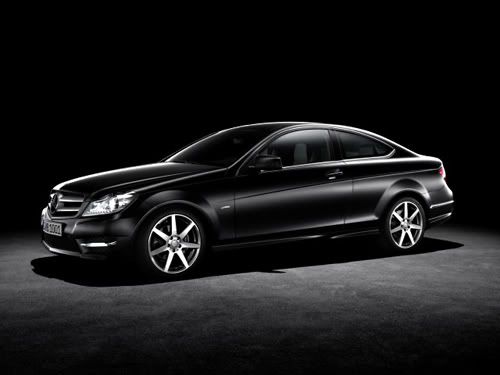
Contemporary brands face many challenges, but perhaps the most key among them is communication. How is a brand able to speak to different groups, in the correct tone, the right context, and at the precise moment that will inspire their viewers to engage in a meaningful, tangible way? How is a brand able to capitalize on this experience once it has been created? Perhaps most importantly, how can a brand effectively have a universal appeal without losing its identity; truly its voice as a distinct individual in the market place?
The perils of failing to meet these questions head on are well-documented. A brand that fails to communicate, does not reach it’s intended market; a brand that does not promise or deliver a meaningful product, message, or service does not sell; a brand that does not sell, quickly perishes; and the brand that has no identity is swiftly enveloped by the torrent of more distinct and worthy competitors.
While there are a plethora of tactics and gimmicks aimed at meeting these challenges, few are able to live up to the well planned strategy, though while it yields the greatest rewards, such a thing is also among the most difficult to attain.
A key example of this can be seen in the automotive industry, a market that while substantially less exclusive than it used to be, still caters chiefly to men in its advertisements. Words like Engineering, Turbo-Charged, Horse-Power, and Torque are contextualized so obviously in an attempt to appeal to the cliche masculine desire for Power, Speed, & Control that they often completely ignore women as an audience, hoping to appeal to them by happenstance rather than effort. Worse, in the further pursuit of the “caricature-esque” male, attractive women are used as parody, a sexual symbol of beauty compared directly to the contour of the machine on sale.
The potential for an aggravated response to this type of ad is immense, and has the power to leave lasting and harmful imprints on the viewer. Worse still, the flaw is simple and obvious. These types of advertisement do not cater to universal themes that would be appealing to a larger audience in a meaningful way.
For example, take a look at these two commercials from Mercedes, both advertising different models of the new line of 2012 C-Class luxury vehicles.
Surely there is a startling contrast here. The first video showcases the experience of driving two of these luxurious new vehicles. The tone is light-hearted, up-beat, adventurous, and fun. Mercedes is highlighting many of the abstract benefits to owning this model, while subtly interjecting shots that reveal high-class engineering and design functionality. The C-Class seems high quality and stylish, but also inviting. Better still, the add shows both a man and a woman enjoying the driving experience. They are attractive, but are not overtly or gratuitously sexualized; they seem like real people. The result is a more universal appeal that still sends a strong, enticing brand message from mercedes.
The second video exists as a complete contradiction to this message. While this is advertising the more “sporty” coupe version of the C-Class, it needlessly disregards all of the benefits of the first advertisement by focusing on clearly masculine themes. Here, all of the old cliches are expressed; the revving engine, break neck speed, keywords like More, Power, and Technology are used to supplement imagery of shattering glass, twisted metal, and gritty chains. While these are not themes that are necessarily appealing to a male-only audience, the element of exclusivity in favor of this group is clear.
One company, two completely different messages. Like all brands, Mercedes is struggling to appeal to a broader group while maintaining their core audience. Ads like the first accomplish this feat, while ads like the second contribute to a “multiple-personality” approach that sacrifices consistency for convenience.
While we value convenience as well, it is our belief that the most effective solution is generally not the “easy way out.” Following the status quo, the establishment, or the ingrained strategy does little to develop the kind of ingenuity and innovation that yield the greatest success. Acknowledging this is the first step brands must take to address the challenges they face in the contemporary market, without which it is impossible to thrive.
__________________________________________
Blog posted by: Joe Hrabe
Graphic Designer / Project Coordinator @UpFrontWorld761
joeh@DiscoverUpFront.com
__________________________________________
